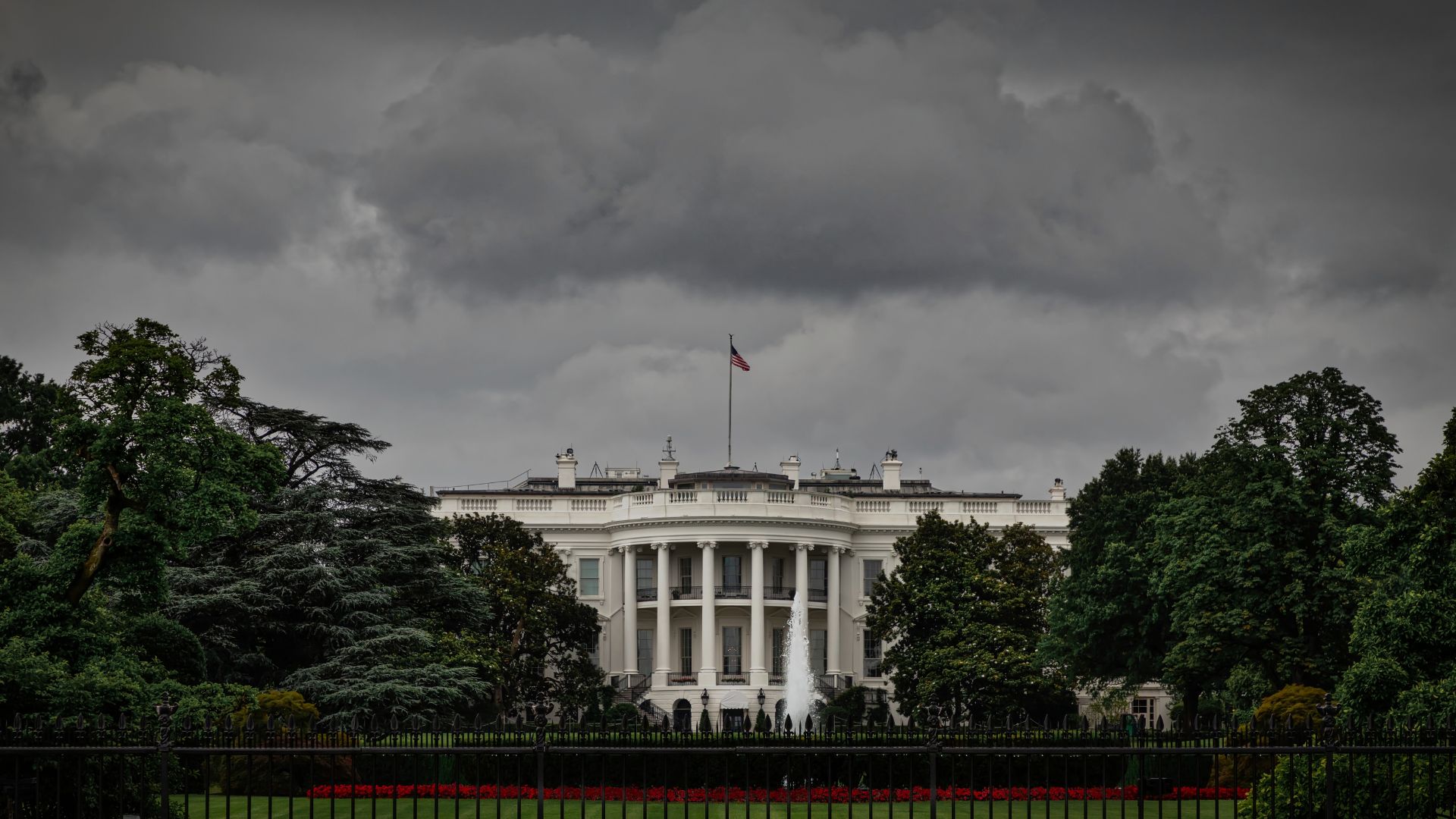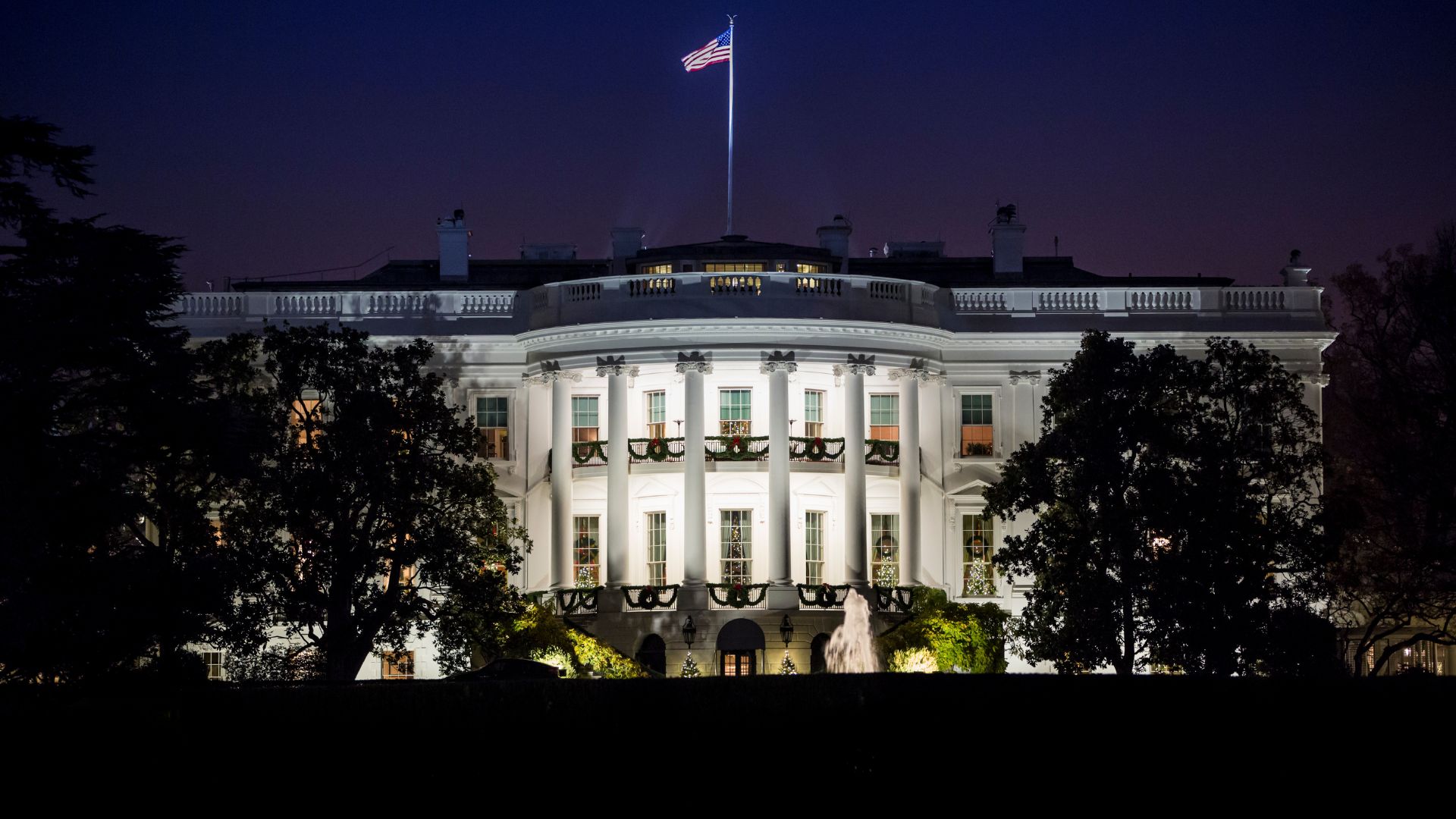Written by Ashley Simmons, Population Education Program Assistant |
Published: February 17, 2017
Access to modern contraceptives is a universal human right—women everywhere, no matter their circumstances, deserve the dignity of controlling their own fertility. However, access remains uneven at best. An estimated 214 million women in the developing world who would like to delay or avoid childbirth are unable to do so. In the developed world, other barriers often force women into similarly difficult circumstances.
Here in the United States, African American women and other women of color are disproportionately affected by U.S. family planning regulations. The current administration is now proposing policies that will greatly exacerbated this issue. Threats from Congress to eliminate Planned Parenthood funding will heavily affect women of color, a group who already report low use of contraceptives due primarily to cost. Just as the Global Gag Rule and its expanded restrictions have illuminated this administration’s attitude towards marginalized communities abroad, attacks on access within our borders similarly targets societies most vulnerable people.
Within the history of the reproductive justice movement, women of color, particularly Black women, have seen their voices marginalized within the mainstream, (white) feminist pro-choice agenda. African American women have been, at best, relegated to the sidelines in the reproductive rights movements of the last century.
And yet, the contributions African American women have made to the reproductive justice movement have transformed the way we discuss reproductive rights today. African American women have demonstrated that the discussion of reproductive rights neither starts nor ends at the right to abortion access, but encompasses a wide array of issues that have targeted minority communities, ranging from involuntary sterilization to access to public family planning services. African American women’s primary platform has long coalesced these issues into one platform: to provide Black women with choices.
Historically, Black women have embraced reproductive decision-making to rebel against racism, sexism, and poverty. In the early 20th century, with the advent of modern contraceptives, Black women joined the mainstream feminist conversation that birth control can be utilized as a means for women to escape the financial and physical stresses of multiple pregnancies. Yet, during this time, eugenics became influential in discussions on public policy. These racist and unscientific theories led the United States government to wield anti-natalist philosophies to target vulnerable communities—most horrifically, through state-sponsored coerced sterilization. In response, Black women of the era widened their agenda to include not just access to family planning resources, but also to the fight to restrict the government’s access to their bodies.
African American women’s fight for body autonomy continued during the Civil Rights movement and the subsequent Black Power movement. Throughout this time, reproductive rights for Black women came under attack on two fronts: within Black movements and from the U.S. government.
In 1965, the provocative study “The Negro Family: The Case for National Action” (informally known as “The Moynihan Report”) placed Black women in the center of the failing of the Black family. Single Black women with children, a population statistically more likely to receive welfare benefits at this time due primarily to deep-seated structural issues, were blamed for the disintegration of the Black community. Unfortunately, this lead to the “logical” conclusion that government involvement in Black women’s reproductive decision-making would reduce welfare spending.
Within the African American community, Black liberation movements struggled to adequately address reproductive rights for Black women. The Nation of Islam, for example, argued against the eugenics-inspired agenda of forced sterilization—but then also argued that women’s sole responsibility was to procreate. The Black Panther Party’s leadership, while intimately aware of the inequities Black women faced within their communities, nonetheless yet struggled to rein in their sexist and chauvinistic inclinations.
This rhetoric didn’t shift until Elaine Brown, a prominent figure in the Black Panther Party,, was able to overcome the party’s deep-seated misogyny and become chair of the party in 1974. Brown included reproductive rights for Black women in the party’s platform.
Brown said: “I would support every assertion of human rights by women—from the right to abortion to the right of equality with men as laborers and leaders. I would declare that the agenda of the Black Panther Party and our revolution to free Black people from the oppression specifically included Black women.” Thanks to Brown’s leadership, the Black Panther Party, despite a history marred by misogyny, ushered in a new era for the inclusion of reproductive rights in Black liberation movements.
In the mid-1990s, a caucus of Black women convened in Chicago and coined the term “reproductive justice” and to define the parameters of this movement. Calling themselves the Black Women’s Caucus of the Illinois Pro-Choice Alliance, these women went to work ensuring that the concerns of women of color and women of limited means be accurately presented and defended.
Twenty years later, the mainstream feminist movement still struggles to adequately address issues affecting women of color within their ranks. Black women’s ongoing struggle to maintain body autonomy and access to reproductive services is due in large part to both harmful public policies that have had lasting effects on women of color and the resistance within mainstream feminism to pull Black women and their unique circumstances into the center of the larger fight for reproductive justice and women’s rights. Educated decision-making and proper access to safe, quality healthcare for women helps to not only build stronger human communities but also affects the long-term sustainability of this planet. Supporting more vulnerable communities in this endeavor should never be seen as a mere option, but rather a necessity for the betterment of our entire planet.



